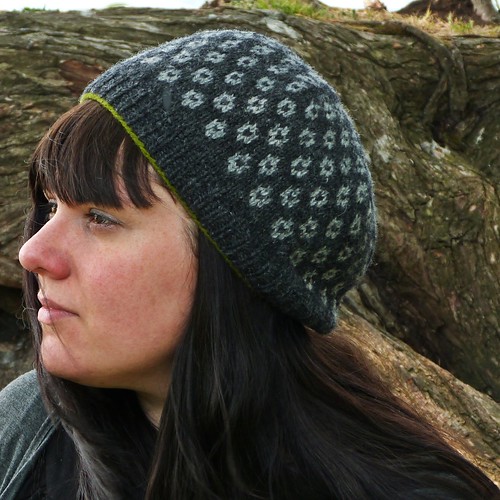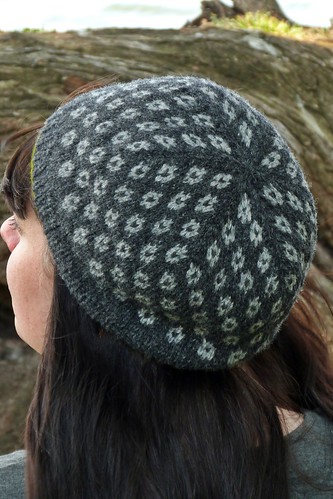 How do we understand a landscape?
From satnavs and street lights to bus routes and border controls, our twenty-first century landscape is controlled and marked in a myriad of ways. We are told how best to reach our destination (the destination being more important than the journey!), not to trespass, and to have our passport ready for inspection. Not only does Google Earth enables us to walk the streets of cities we will never visit from the comfort of our own homes, but computer-generated landscapes can end up feel more real than the landscape outside our windows.
How do we understand a landscape?
From satnavs and street lights to bus routes and border controls, our twenty-first century landscape is controlled and marked in a myriad of ways. We are told how best to reach our destination (the destination being more important than the journey!), not to trespass, and to have our passport ready for inspection. Not only does Google Earth enables us to walk the streets of cities we will never visit from the comfort of our own homes, but computer-generated landscapes can end up feel more real than the landscape outside our windows.
(I still remember the shock coursing through my body when I first played Diablo II and discovered the village in Diablo had been burned down. It was a real, physical reaction to a simulated environment.)
Thankfully human beings still want to feel we are part of our actual, real surroundings.
We want to inhabit our landscape emotionally as well as physically. We take shortcuts ('desire lines') when the official path seems too circuitous; we respond to stark urban environments by planting trees and flowers; and we turn spaces into places by telling tales about them: "This is where I played as a child" and "Turn left at the tree that was hit by lightning."
And the Gillean Hat is partly a response to this story-telling impulse, this desire to belong.
The Gillean hat is named after Caisteal nan Gillean - a Mesolithic archaeology site on the Scottish island of Oronsay. I am fascinated by how we choose to name sites and how many layers of stories we can find in place names. Caisteal nan Gillean literally means 'the fort of the boys' and since we will never know the actual Mesolithic name of the site, the boys will linger.
But there are other ways of marking your place in the world when words are no longer remembered and myths about a place have ceased to be told. Caisteal nan Gillean has plenty of evidence that it was a place tied to memories, stories, experiences and meaning. People inhabited the island on many occasions and left behind traces of their lives.
I am using a stylised shell/limpet motif in this hat. Oronsay is famous for its shell middens - solid evidence of human activity in a landscape - and I wanted to throw a handful of these shells across a hat. The hat uses beautiful organic Faroese yarns that reflect an isolated island environment: a grassy green flickers at the edge whilst the two greys capture the idea of shells strewn across weathered stones. A link to a past landscape in a own present-day world.
If you want to read more about how we relate to landscapes - both internal and external ones - I recommend Robert Macfarlane's beautiful The Old Ways: a Journey on Foot.
